...
... the new wave of the "Chosen Ones" being groomed to replace the "Ascended Ones"...
Klaus Schwab's Traitors -- A More Complete List
January 8, 2022
Our political, cultural and business leaders are chosen by the people they serve.
This more complete list includes Human Abedin, Charlize Theron and Ashton Kutcher.
If you want to get ahead in the NWO, you literally have to sell your soul to the devil, Jacob Rothschild front man Klaus Schwab. The goal is a worldwide Communist Chinese social credit system where access to your own money depends on your obedience to Satan's earthly representatives.
Related - Politicians, Moguls, Celebrities are Globalist Puppets
Klaus Schwab's WEF Alumni - A List
Posted on October 6, 2021
by Joss Wynne Evans
From Swiss Policy Research - a useful summary of this menacing organization
The World Economic Forum (WEF) has been involved in the pandemic hoax in several ways.
First, the WEF was, together with the Gates Foundation, a sponsor of the prescient "Event 201" coronavirus pandemic simulation exercise, held in New York City on October 18, 2019 - the same day as the opening of the Wuhan Military World Games, seen by some as "ground zero" of the global pandemic. China itself has argued that US military athletes may have brought the virus to Wuhan.
Second, the WEF has been a leading proponent of digital biometric identity systems, arguing that they will make societies and industries more efficient, more productive and more secure. In July 2019, the WEF started a project to "shape the future of travel with biometric-enabled digital traveller identity management". In addition, the WEF collaborates with the Gates and Rockefeller-funded ID2020 alliance that runs a program to "provide digital ID with vaccines". In particular, ID2020 sees the vaccination of children as "an entry point for digital identity."
Third, WEF founder Klaus Schwab is the author of the book COVID-19: The Great Reset, published in July 2020, which argues that the coronavirus pandemic can and should be used for an "economic, societal, geopolitical, environmental and technological reset", including, in particular, advancing global governance, accelerating digital transformation, and tackling climate change.
Finally, the WEF has been running, since 1993, a program called "Global Leaders of Tomorrow", rebranded, in 2004, as "Young Global Leaders". This program aims at identifying, selecting and promoting future global leaders in both business and politics. Indeed, quite a few "Young Global Leaders" have later managed to become Presidents, Prime Ministers, or CEOs (see below).
During the coronavirus pandemic, several WEF global leaders and global shapers (a junior program of the global leaders) have played prominent roles, typically promoting zero-covid strategies, lockdowns, mask mandates, and vaccine mandates. This may have been in a largely failed attempt to protect public health and the economy, or it may have been in an attempt to advance the global transformation agenda outlined above, or perhaps both.
In this regard, some notable Young Leaders include:
- Jeffrey Zients (US White House Coronavirus Response Coordinator since 2021, selected in 2003),
- Jeremy Howard (founder of influential lobby group "masks for all"),
- Leana Wen (zero-covid CNN medical analyst),
- Eric Feigl-Ding (zero-covid Twitter personality),
- Gavin Newsom (Governor of California, selected in 2005),
- Devi Sridhar (British zero-covid professor),
- Jacinda Ardern (Prime Minister of New Zealand), French President
- Emanuel Macron (selected one year prior to his election in 2017),
- disgraced Austrian Chancellor Sebastian Kurz,
- German Chancellor Angela Merkel (selected back in 1993), and German Health Minister Jens Spahn.
- Peter Buttigieg (selected in 2019, candidate for US President in 2020, US secretary of transportation since 2021),
- Chelsea Clinton (Clinton Foundation board member),
- Huma Abedin (Hillary Clinton aide, selected in 2012),
- Nikki Haley (US ambassador to the UN, 2017-2018),
- Samantha Power (US ambassador to the UN, 2013-2017, USAID Administrator, since 2021),
- Ian Bremmer (founder of Eurasia Group),
- Bill Browder (US-British financier),
- Jonathan Soros (son of George Soros),
- Kenneth Roth (director of Human Rights Watch),
- Paul Krugman (economist, selected in 1995),
- Lawrence Summers (US Secretary of the Treasury, 1999-2001, selected in 1993),
- Black Lives Matter co-founder Alicia Garza (selected in 2020) BLM, clearly a grassroots movement.
- CNN chief medical correspondent Sanjay Gupta,
- Covid Twitter personality Eric Feigl-Ding (a 'WEF Global Shaper' since 2013),
- Andrew Ross Sorkin (New York Times financial columnist),
- Thomas Friedman (New York Times columnist, selected in 1995),
- George Stephanopoulos (ABC News, 1993),
- Lachlan Murdoch (CEO of Fox Corporation, co-chair of News Corp.).
- Technology and Social Media Microsoft founder Bill Gates (1993),
- former Microsoft CEO Steven Ballmer (2000-2014, selected in 1995),
- Amazon founder Jeff Bezos (1998),
- Google co-founders Sergey Brin and Larry Page (2002/2005),
- former Google CEO Eric Schmidt (2001-2011, selected in 1997),
- Wikipedia co-founder Jimmy Wales (2007),
- PayPal co-founder Peter Thiel (2007),
- eBay co-founder Pierre Omidyar (1999),
- Facebook founder and CEO Mark Zuckerberg (2009),
- Facebook COO Sheryl Sandberg (2007).
https://www.armstrongeconomics.com/a...ing-your-401k/
https://swprs.org/the-vaccine-passport-agenda/
https://swprs.org/wikipedia-disinformation-operation/
Thanks to L for sending this.
Memories are made of this. Klaus with his boss Henry Kissinger and British PM and pedophile Ted Heath.










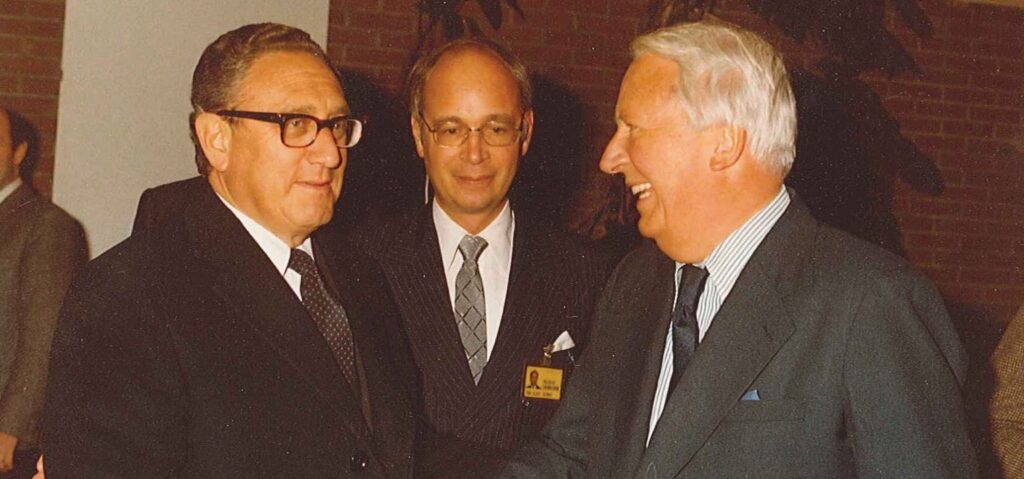
 Reply With Quote
Reply With Quote

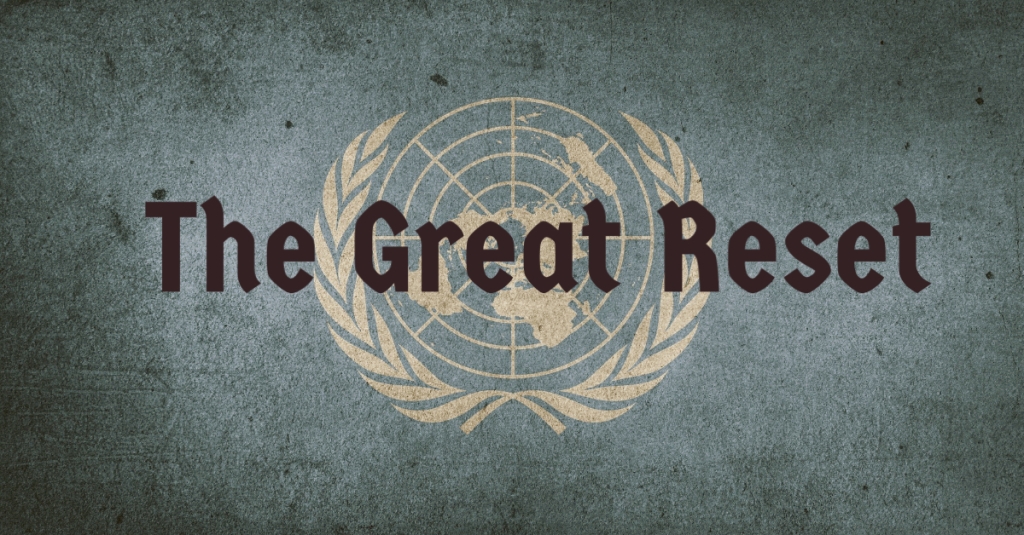

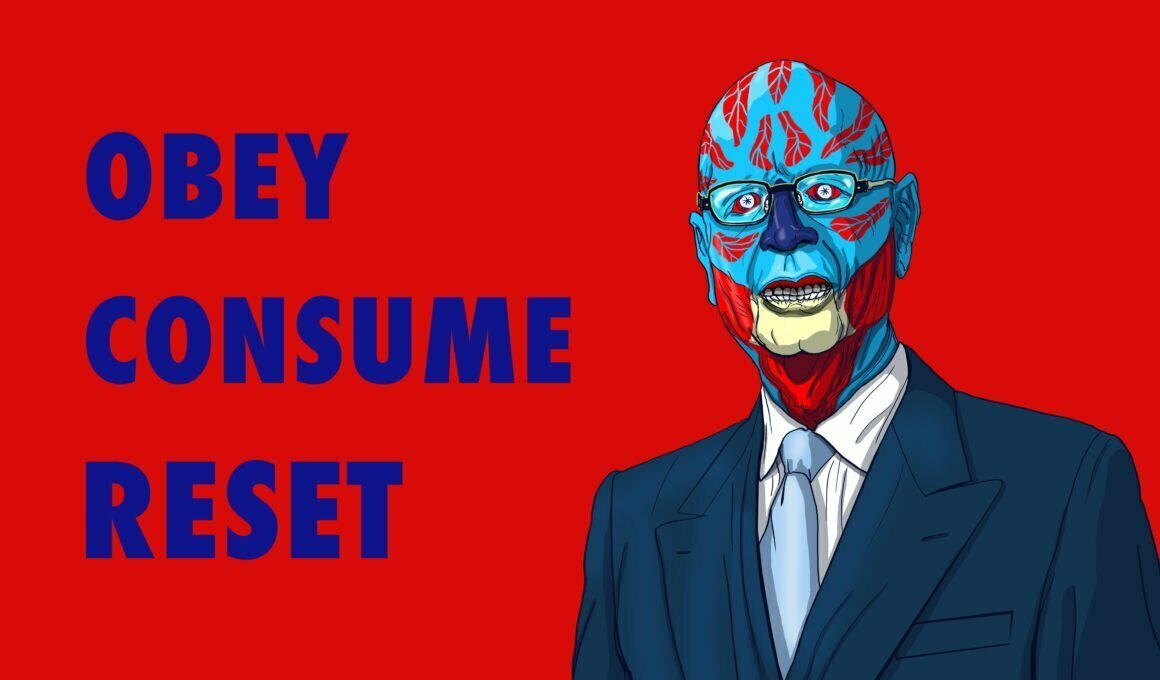
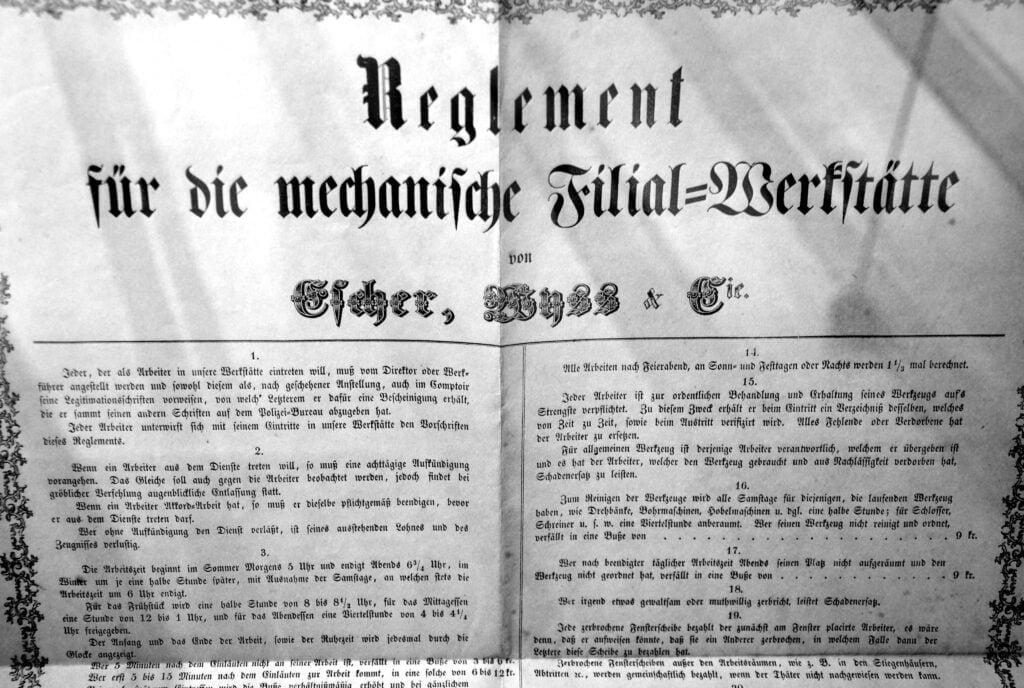
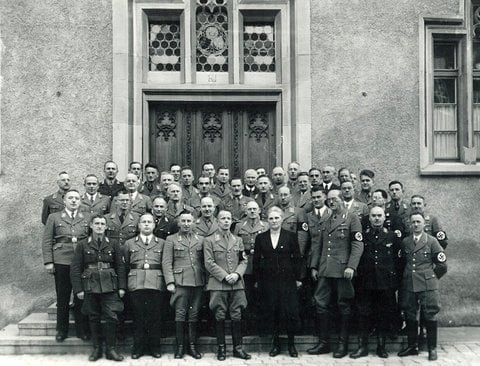

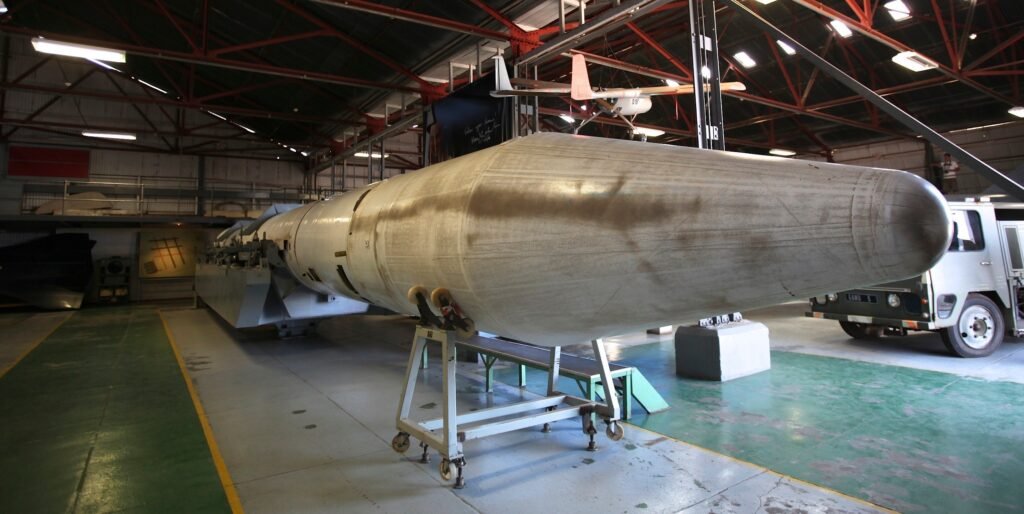


Bookmarks